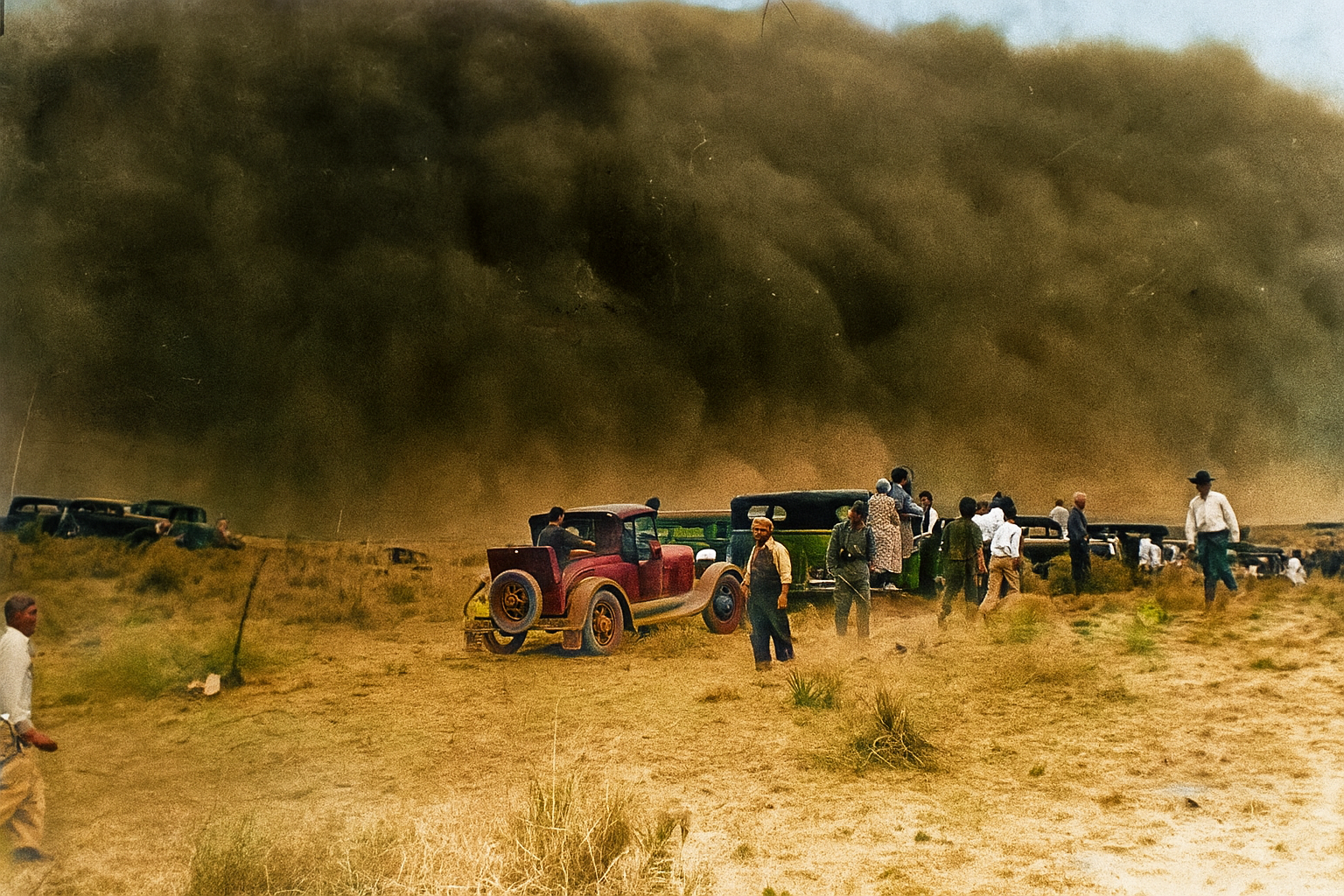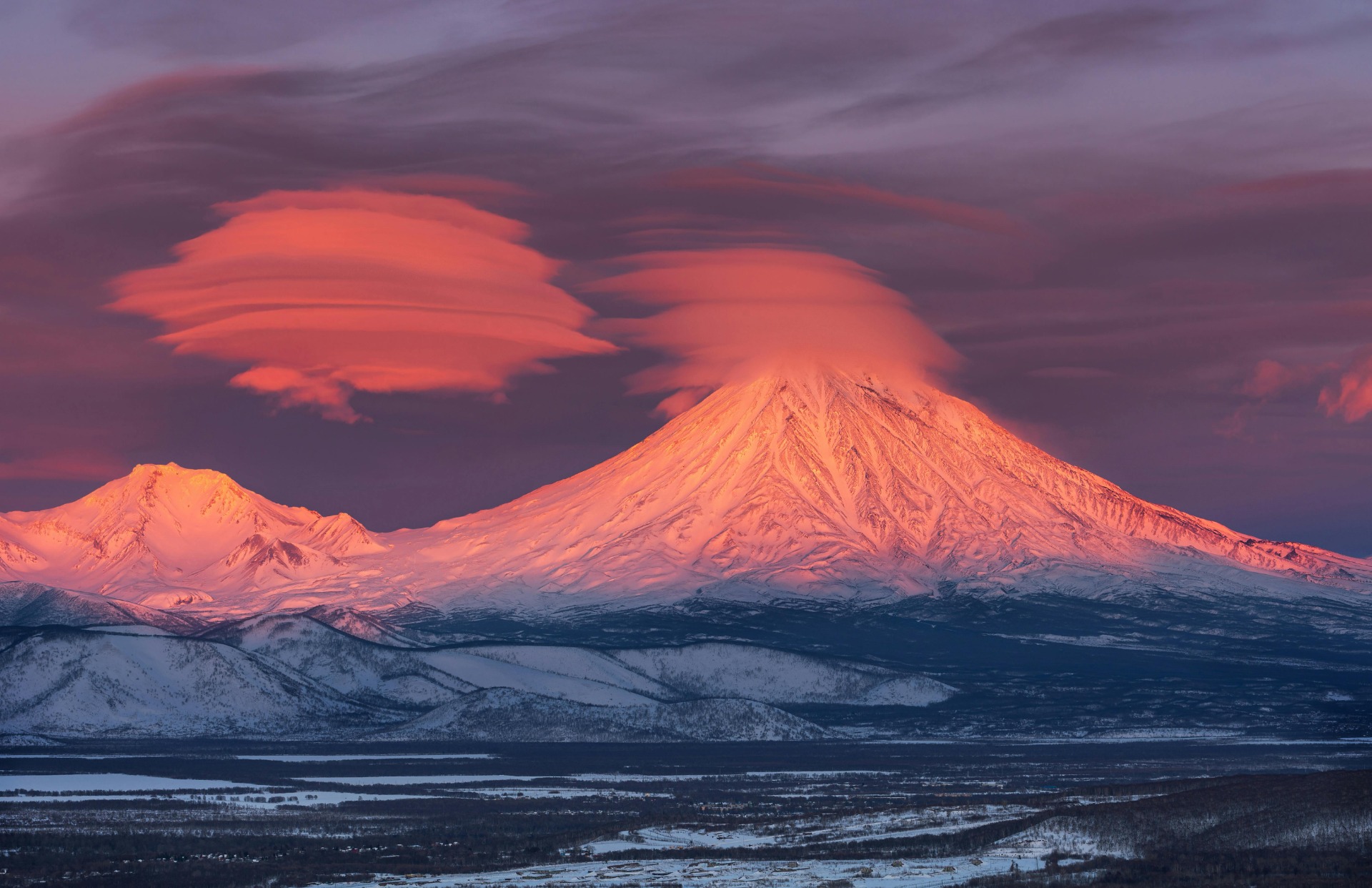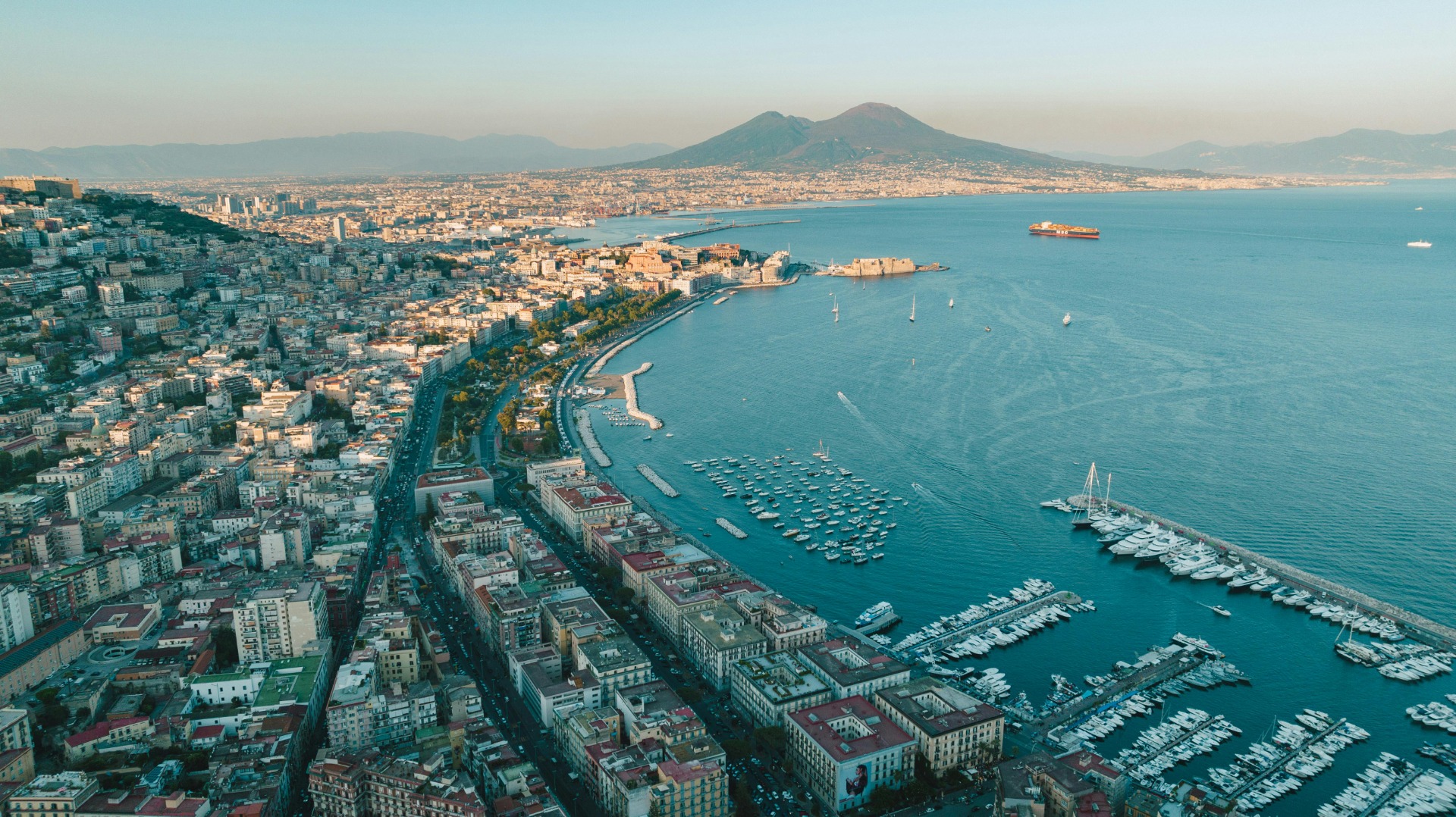GondwanaTalks is a multilingual blog on nature, earth, climate and life
Latest posts:
In the far east of the vast Eurasia lies a wild and breathtaking peninsula: Kamchatka, a chunk of land that stretches into the sea like the head of a dragon. Cold, inhospitable conditions and the forces of nature make human habitation difficult. But nature shines all the more brightly with its volcanoes, geysers and wilderness. The world's largest...
The 1631 eruption of Vesuvius was among the most devastating in Europe since antiquity. Though long overshadowed by the cataclysmic eruption of 79 AD, which gave rise to the enduring Pompeii mania, the 1631 disaster is steeped in grim religious legends that still echo in the collective memory of Naples.
45th anniversary: Mount Saint Helens 1980 eruption


Go to all Articles or search per Topic
Or read about an alternative hypothesis of human evolution, e.g., how humans started walking upright as they waded and climbed (we weren't always hunters), ancient whales that had legs and now lie in the Sahara, habitable exoplanets (do they look like Earth?), the Smoke-that-thunders in Zambia and how rivers change course, why so many people live in earthquake-prone areas like Turkey, the new black gold of Ukraine and how it links up with the Dust Bowl in America, my meeting with Jane Goodall in 2022 and how our paths crossed, which new volcano is about to erupt in Naples, Europe's Yellowstone and other unknown European volcanoes, why Tonga didn't cause climate cooling, those times when the Mediterranean dried up, the Tethys ocean that now lies in the mountains, what the Incas knew about the geology of Machu-Picchu, and, returning to Italy, how precious Carrara marble, chosen by Michelangelo, once lay on a tropical seabed.
About six million years ago, almost all the water of the Mediterranean Sea evaporated as it became cut off from the global ocean. In a geological blink of an eye, the sea level dropped until only a few seething lagoons remained, at a depth of roughly 1,500 to 3,000 meters below mean sea leve, causing a huge ecological crisis. But then great natural floodgates opened in the Strait of Gibraltar and through a mega-flood the basin refilled with seawater. Read on.
----
Subscribe to receive an update when there's a new article (no publicity, heavy files or irritating gifs)

— One of the first GondwanaTalks articles —
Lapis lazuli: Via the Silk Road to Tutankhamun.
An article by Kathelijne Bonne
From high mountain peaks to the pharaohs.
How precious stone lapis lazuli found its way from the world's most ancient mines to Mesopotamia, Egypt, and Greece, and to the canvases of the great painters, has been documented extensively. Discover how lapis lazuli formed, as it crystallized in seams of precious rocks in the midst of plate tectonic turmoil.
Background picture: Géry60 on Foter.com / CC BY-ND
What is Gondwana?
The inspiration came from the great, lost continent of Gondwana. Gondwana was the land area in which all southern continents were once united into one great supercontinent. When it formed, life had exploded into a myriad of life forms and had risen from a mainly microscopic bacterial world to a world in which animals and plants came to dominate. When Gondwana fell apart, and continents drifted away, new, isolated life forms emerged, of which the peculiar fauna and flora of Australia are the best, but not the only, example.




